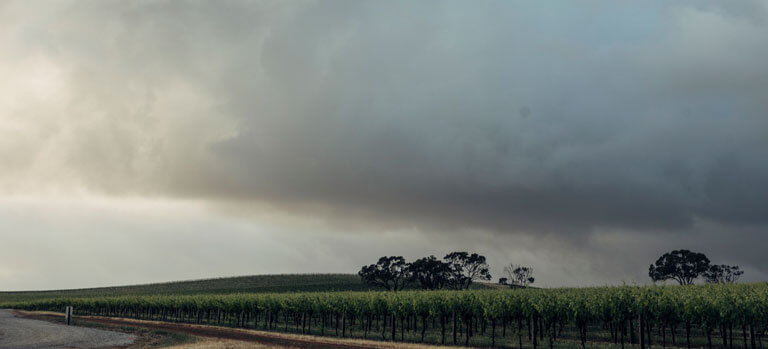A national tool delivered in partnership with Australia’s national science agency, CSIRO, and the Bureau of Meteorology, is set to help grapegrowers better manage climate risk in their vineyard.
Climate Services for Agriculture provides the agriculture sector with information on historical weather data, seasonal outlooks and climate projections in one place.
Initially released in June 2021 as a prototype with eight pilot regions, a range of commodities and indices have been added, including winegrapes.
The online platform helps wine grapegrowers understand historical, seasonal and future climate at their location, at a 5 km2 resolution, to help build climate resilience, and support decision making and business planning.
What information does the tool provide?
The platform provides information on climate variables directly relevant to winegrape growing.
For example, a grower can view how growing season rainfall or growing season temperature in their region has changed in the past and how it might vary in future.

The tool features historical data back to 1961, seasonal forecasts (1–3 months) as well as future climate projections based on the 15 years before and after 2030, 2050 and 2070, for a given location.
Why is this information important for grapegrowers?
It’s well documented that climate change and variability has critical impacts on grapegrowing. The platform supports growers to make informed decisions now, to help safeguard their business decades into the future.
For example, the 'extreme heat risk' feature allows users to compare past extremes with potential future extremes. This feature can be customised, allowing users to input the thresholds relevant to their farm and business.

Using the projections, growers may consider different winegrape varieties for their region and climate or they may consider investing in infrastructure for current and prospective vineyards.
The platform complements Australia’s Wine Future: A Climate Atlas released by Wine Australia in 2020, and Wine Australia is ensuring the projections align across the platform and Atlas.
How does it work?
Sigrid Tijs, Program Lead for Climate Services for Agriculture, said the design of the platform makes it easy for winegrape growers to navigate and access the information they are looking for.
“Users can select their location, their commodity and the climate information related to their commodity.
“For example, a winegrape grower can explore past and future climate information for their location, such as total rainfall, average temperature, growing degree days, temperature extremes, hot weather and cold weather.”

She said the Climate Services for Agriculture team worked with the agriculture, horticulture and viticulture sectors to determine the type of climate information most useful to their businesses and tested the platform prototype in pilot regions to ensure the decision support tool meets their needs.
Want to get involved?
Input is welcome from winegrape growers to continue to shape and improve the platform to make sure it is practical and provides insights into how they can adapt their business to increase climate resilience.
In addition, the Bureau of Meteorology and CSIRO’s customer engagement team are keen to work with advisors and extension officers to promote adoption of the platform.
The Climate Services for Agriculture team can be contacted by email at CSAEnquiries@csiro.au or through the platform.
Climate Services for Agriculture is delivered in partnership with Australia’s national science agency, CSIRO and the Bureau of Meteorology, and funded by the Australian Government’s Future Drought Fund through the Department of Agriculture, Fisheries and Forestry.
